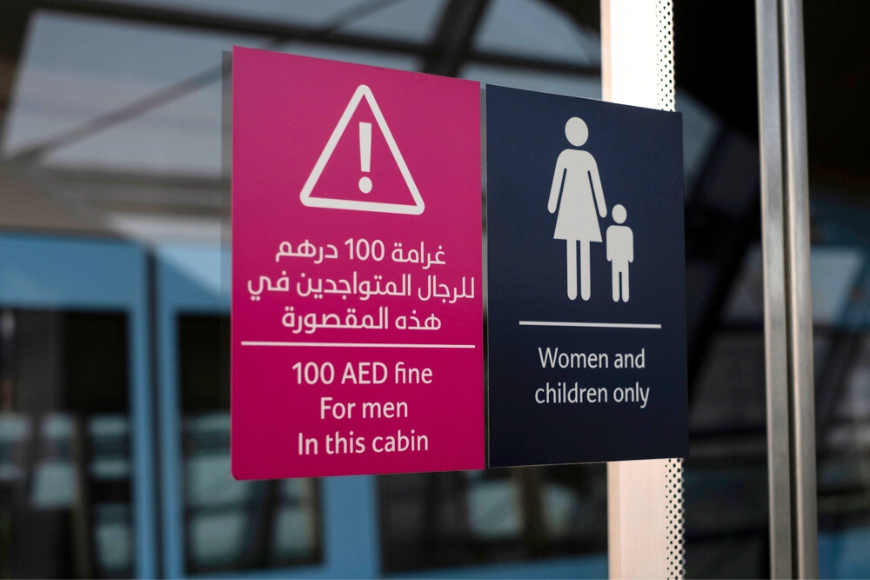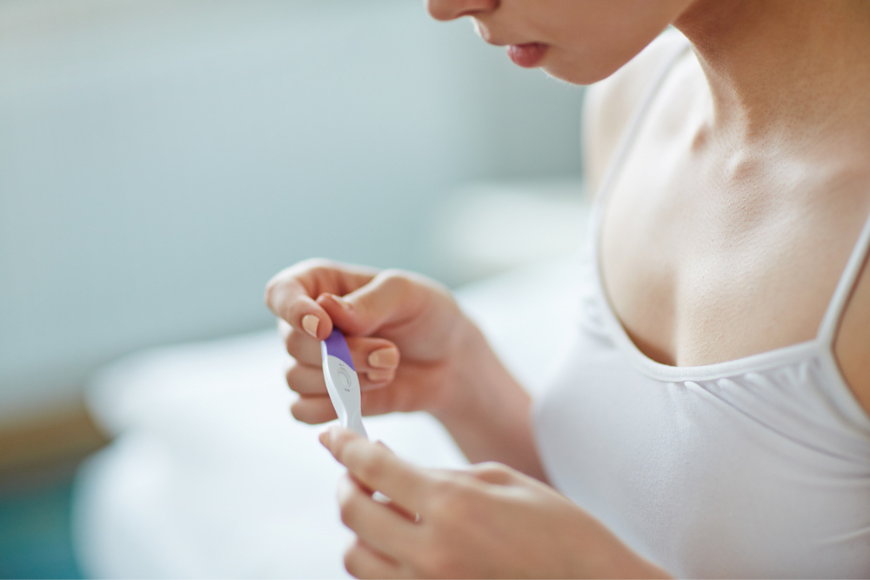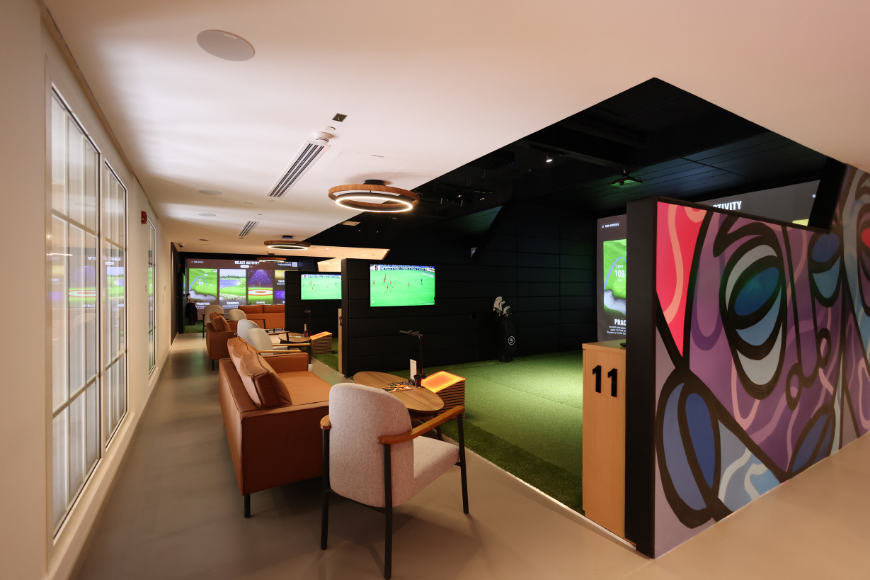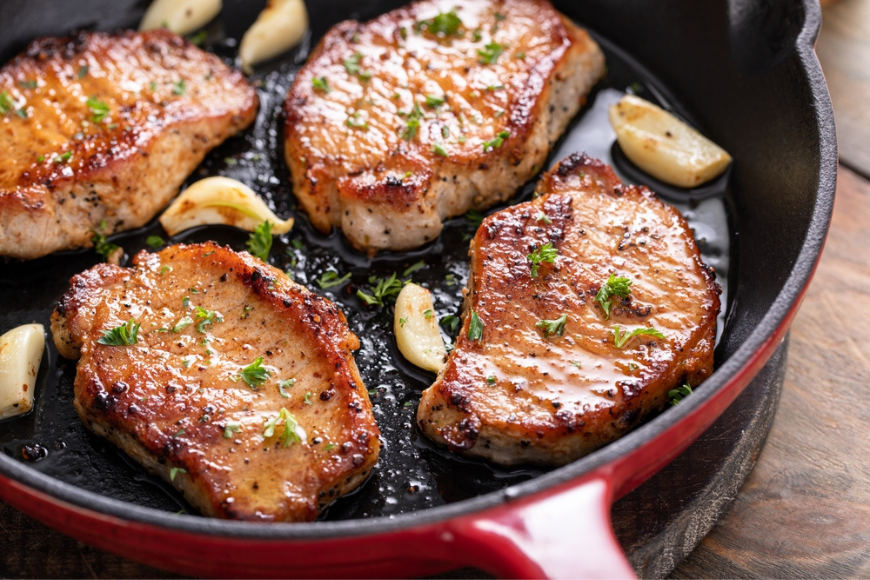Know when to worry about Varicose Veins and how to treat it with Dr. Mohamed Raafat Okelah, Consultant Vascular Surgeon
4 April 2022
| Last updated on 7 April 2022
Have you ever had spider veins? Leg cramps? Or numbness from sitting too long?
These symptoms could occur from a common condition referred to as varicose veins, which is when the superficial veins in the lower limb become weak making them dilated (bigger) and changing the direction of blood flow also known as reflux.
Varicose veins tend to be common in women and could lead to serious complications if not supervised properly. This is due to the frequent hormonal changes women experience especially when pregnant or taking birth control pills. Other risk factors of varicose veins include family history, obesity and individuals over the age of 50.
What are the symptoms of varicose veins?
It is important to understand the symptoms of varicose veins in order to know when to visit a medical expert.
In several cases varicose veins tend to be a cosmetic concern with no symptoms, which does not require treatment unless preferred.
However, when symptoms like limb swelling, sensation of limbs being heavy, pain and throbbing or muscle cramps occur, then it is essential to visit a doctor.

The condition is typically examined by a Vascular Surgeon and then diagnosed through an Ultrasound Scan by identifying any weakened or leaky valves and blood clots.
Diagnosis at an early stage leads to treatment that is more effective as well as being simpler to treat.
"The treatment of Varicose Veins is quite simple and quick; we use various techniques ranging from medication to injection and surgical treatment," said Dr. Mohamed Raafat Okelah, Consultant Vascular Surgeon at Al Zahra Hospital Dubai.
"When it comes to reflux, there are a variety of procedures including laser ablation, glue injection and mechanochemical ablation with all techniques used to close the vein and relief patients from any pain and discomfort," he added.

Varicose veins treatments available in Dubai
Procedures to treat Varicose Veins are often done in less than an hour and with all the advanced techniques available, surgery is not typically performed.
The most common techniques are performed through injection or laser therapy, allowing the patient to recover quickly and leave the hospital on the same day. Surgical procedures are performed when the condition becomes complex with serious complications that require immediate attention and management.
In some cases, varicose veins can lead to serious complications in which early diagnosis can make the biggest difference in treatment. Some of these complications include skin ulcers, bleeding and Deep Vein Thrombosis (DVT), which is blood clots in the deep vein.




.png?itok=HBSyMDok)









































































.png)




























.png?itok=0fOAXkOm)

























.png?itok=EH_x0Pha)
